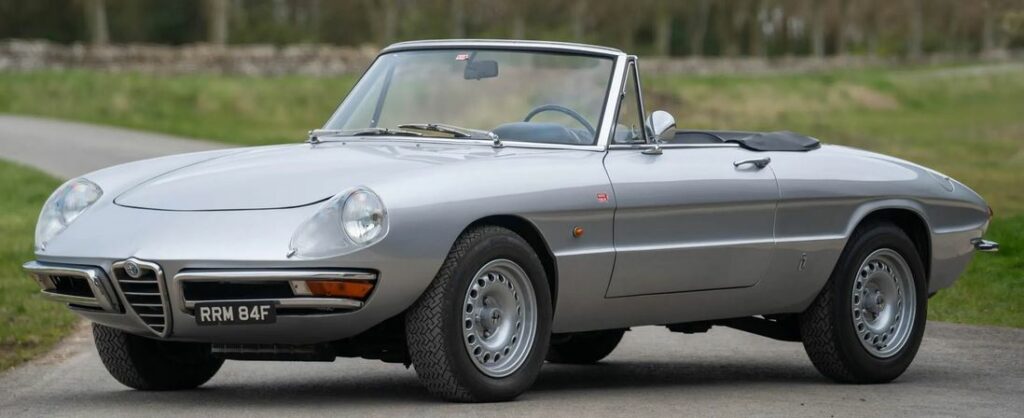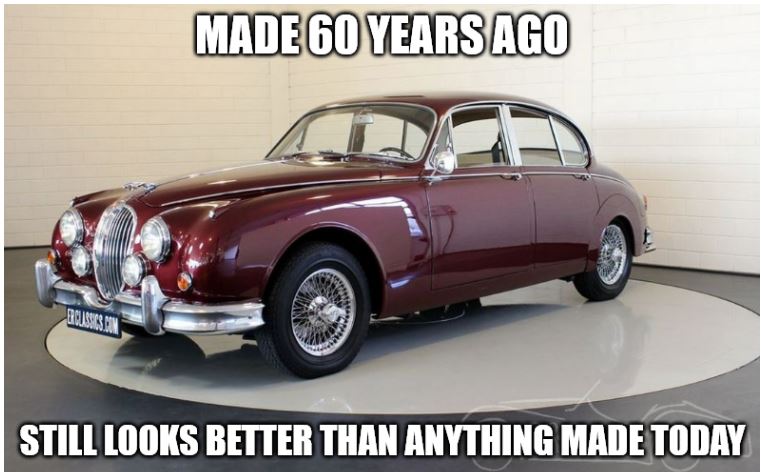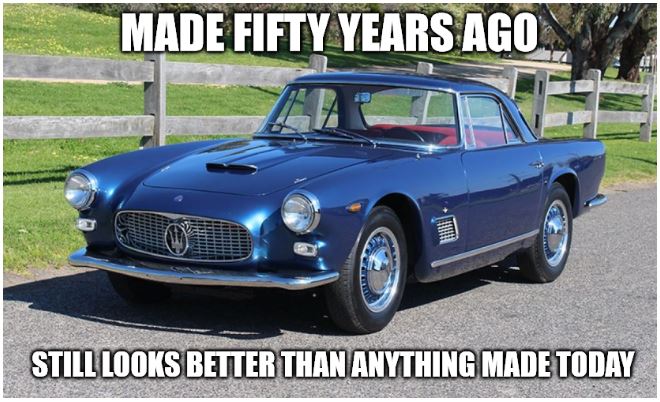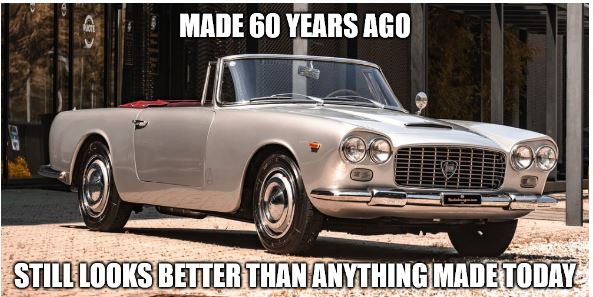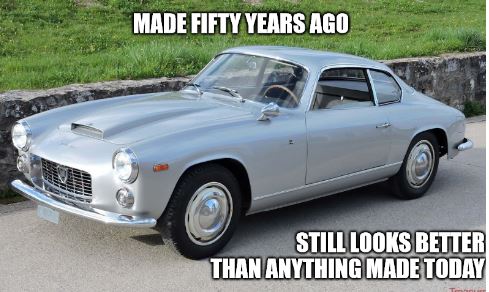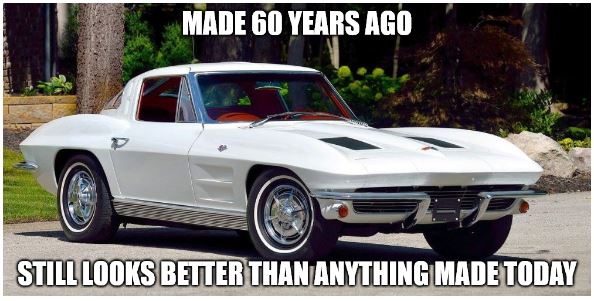So: Ferrari V6 or Ferrari V8? In an interesting rebuttal of an old myth about Enzo Ferrari, Hagerty’s Jason Cammisa pronounces a revelation.
However, the end of the “revelation” — just the last couple minutes of the video — has a side-by-side comparison of the sound made by the engines of the Dino 246 vs. that of the 308 as Cammisa takes each one along the same twisty mountain road.
As Longtime Readers know, I have a soft spot for the wonderful and curvy Dino 246 GT, the most beautiful car ever made:
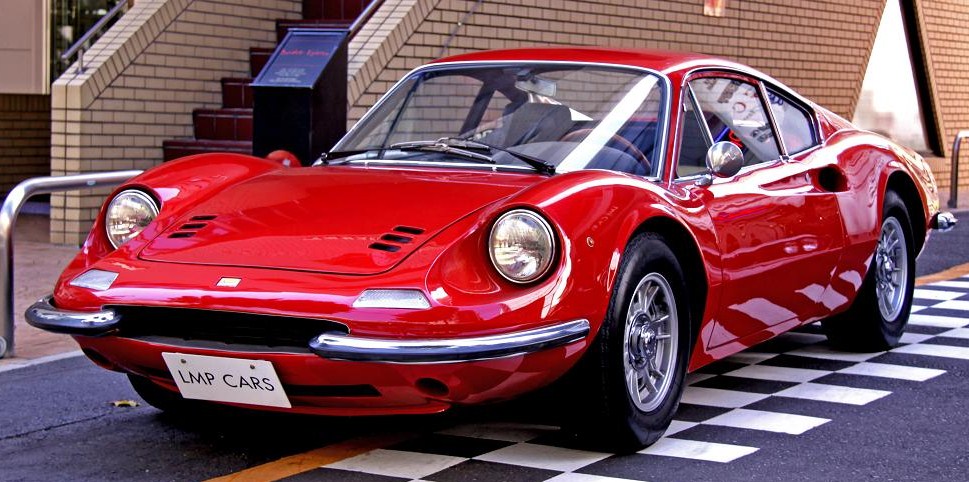
…compared to a rather sour opinion of its successor, the flat-planed and wedgy Dino 308 GT4, which isn’t close to being beautiful:
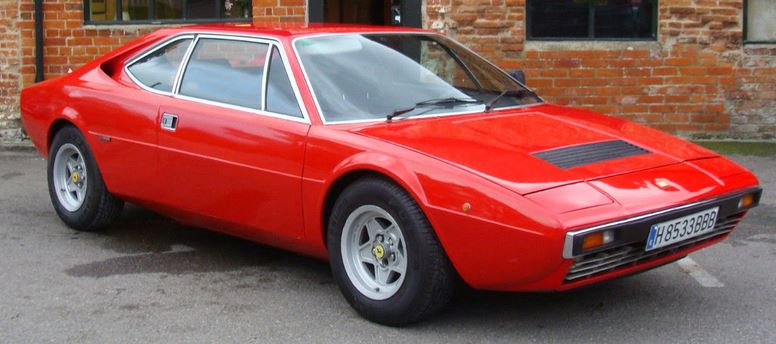
However: after listening to the two engines close together… I admit to a certain degree of confusion, because the V8 of the latter sounds absolutely glorious.
Put on some headphones, crank up the volume and see if you agree with me.
And yes: a pox on whoever at Ferrari decided to do away with the manual gearbox.

